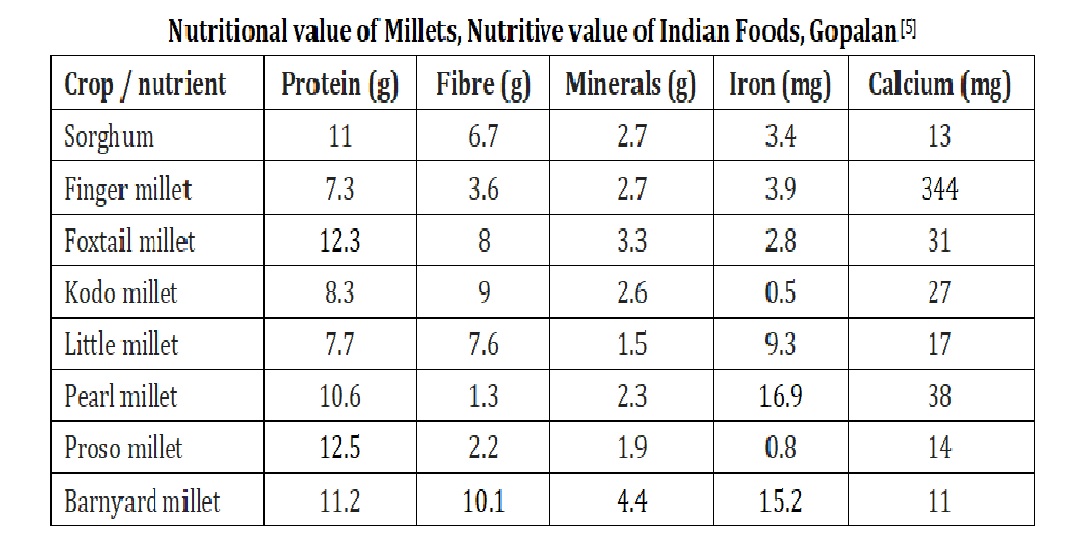Acceptance of Millets in Aspects of Nutritional Profiles, Health and Environmental Benefits
DOI:
https://doi.org/10.47070/ijapr.v11i9.2977Keywords:
Millets, Kshudra dhanya, Smart food.Abstract
Millets are one of the oldest crops known to humans. Millets are small-seeded grasses belonging to the botanical family Poaceae. In Ayurvedic classics they are named as Kshudra dhanya. Common Millets available in India are Sorghum, Pearl Millet, Finger Millet, Foxtail Millet, Barnyard Millet, Kodo Millet, Little Millet, Proso Millet. Millets are good for the environment as they are the carbon neutral crops and also minimum fertilizers as well as pesticides are used for their cultivation. Millets are the most dependable crops to small farmers due to their short crop rotation characteristic and they are the resilient and climate adaptable crops in dry, hot and drought environments. Millets have significant role in traditional diets of different regions throughout the India. Millets are rich sources of nutrients like carbohydrate, protein, good-quality fat, dietary fibre and have sufficient amounts of minerals like calcium, potassium, magnesium, iron, manganese, zinc and B complex vitamins. Hence, millets may be an excellent choice of food for fortification of under nutrition or combating malnutrition and exerting health-promoting benefits and also they play efficient role in body immune system. Millets are rich with phytochemicals, hence millet have health promoting effects specifically anti-diabetic, anti-obesity and anti-hyperlipidaemic and also show therapeutic effects due to their anti-inflammatory and anti-oxidative properties. Phytochemicals and the dietary fibre of millets can hinder the absorption of minerals and different food processing methods are commonly used to eliminate the anti-nutritional factors of millets.
Downloads



